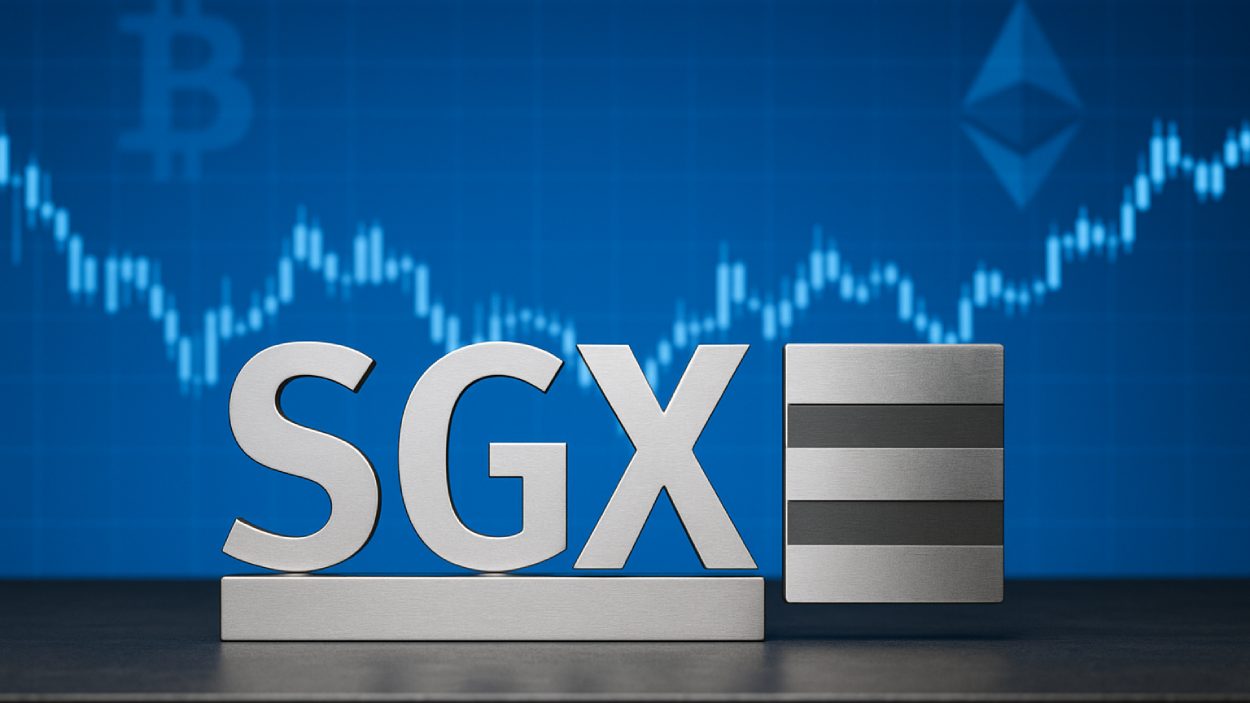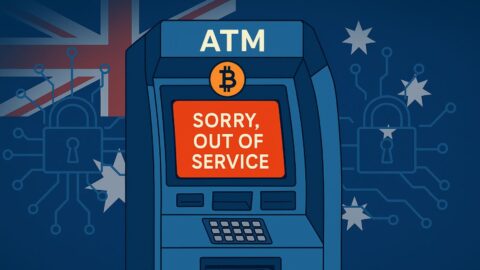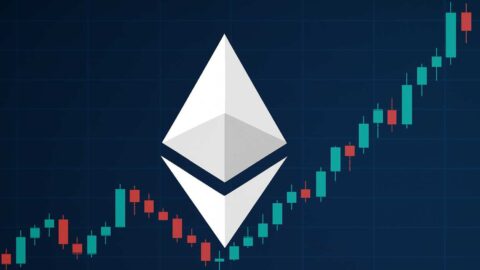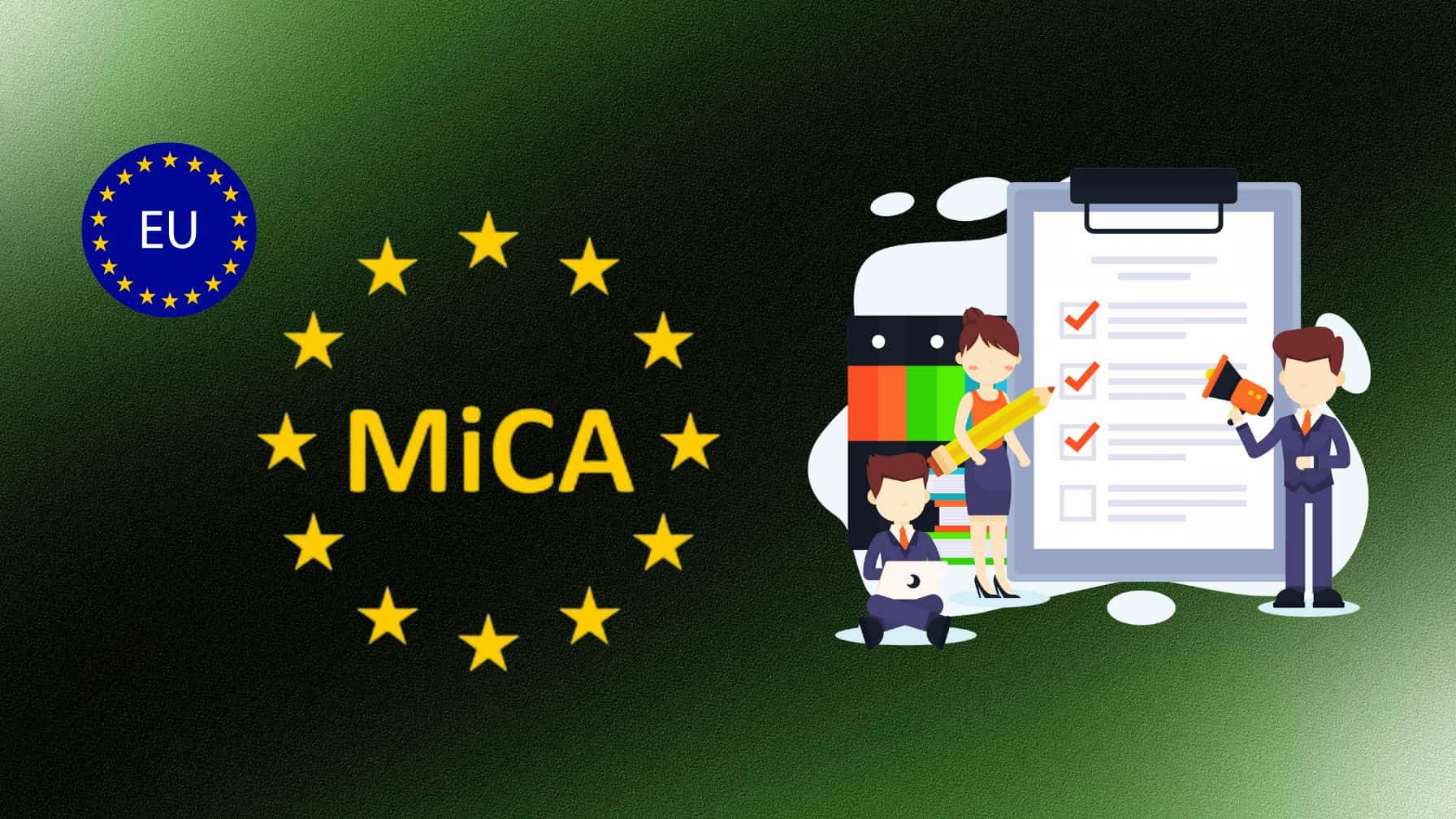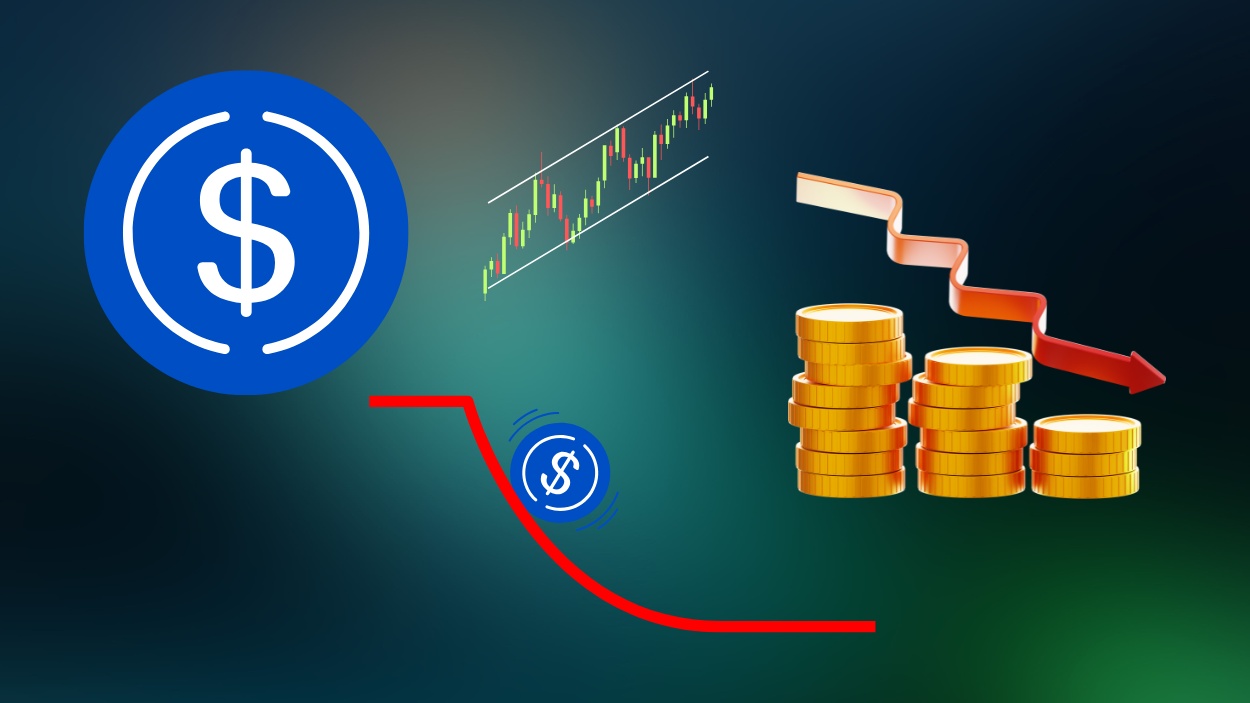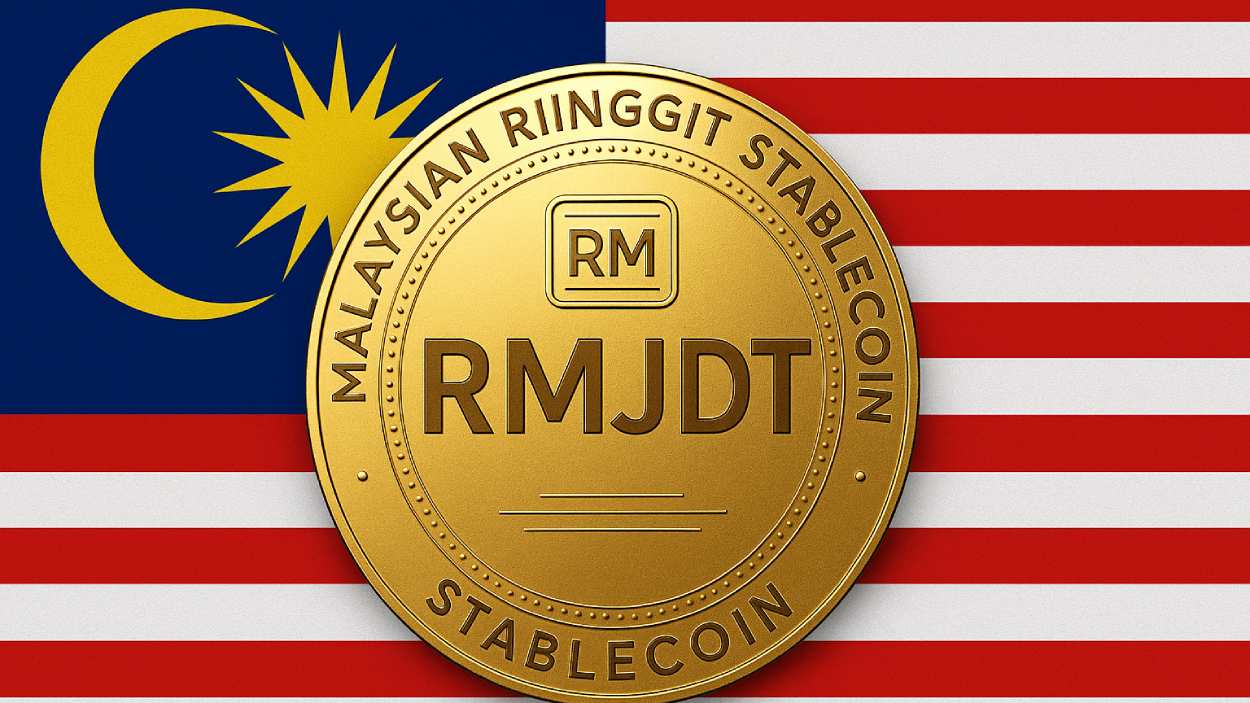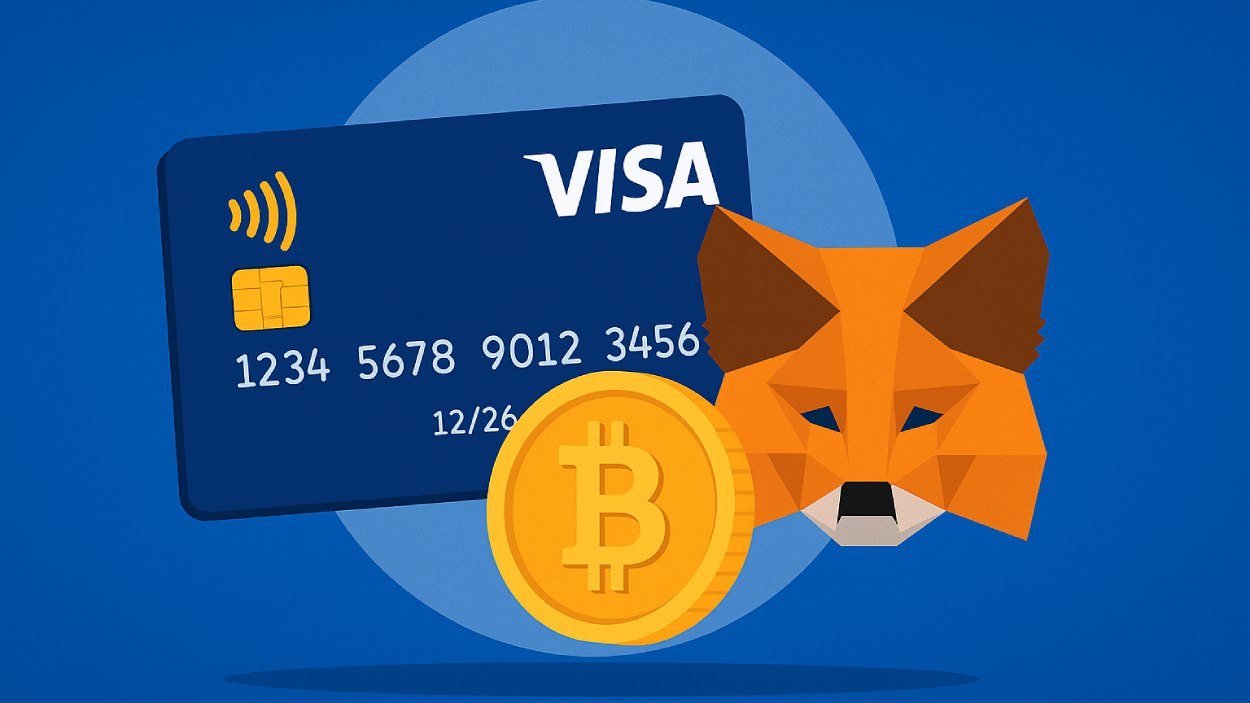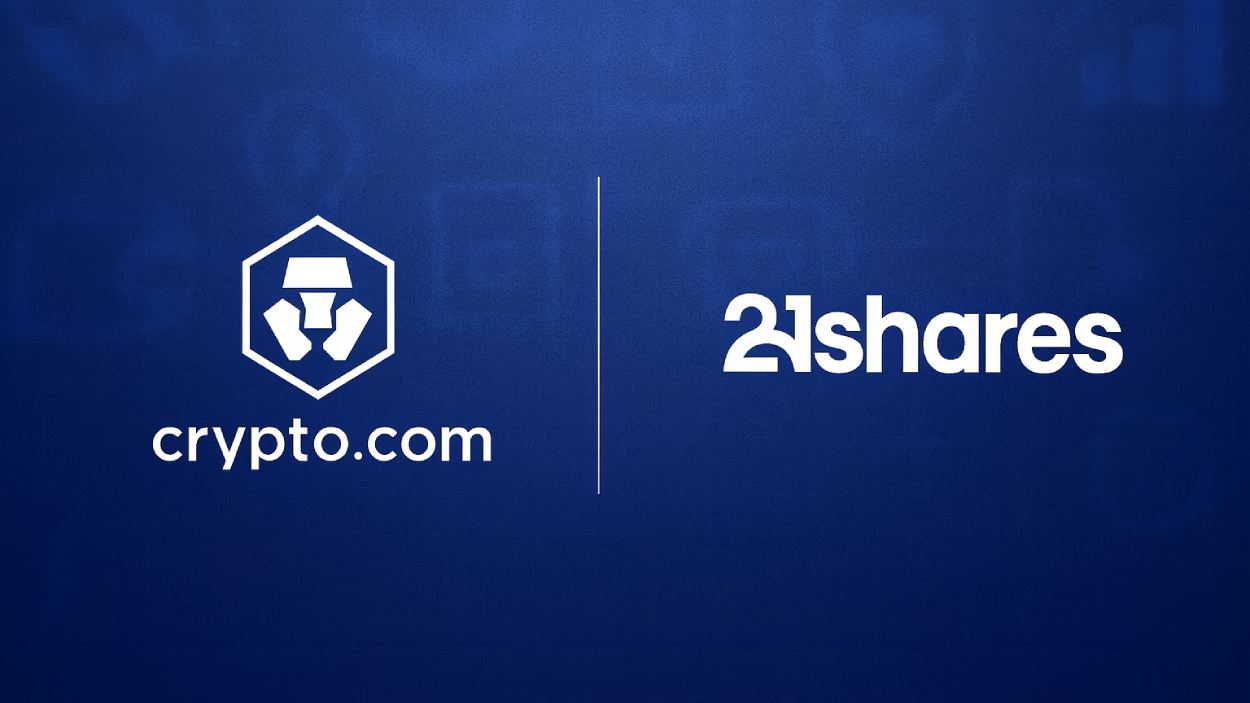Singapore Exchange (SGX) will officially debut Bitcoin and Ethereum perpetual futures on November 24, opening a new door for institutional crypto investment in a fully regulated environment.
Key Takeaways
- SGX will launch Bitcoin and Ethereum perpetual futures on November 24, marking its first crypto derivatives offering.
- The products will be available only to accredited and institutional investors in a regulated, exchange-cleared setting.
- SGX aims to bring institutional-grade risk management and transparency to crypto trading, using CoinDesk indices for pricing.
- The launch reflects growing institutional demand and Singapore’s position as a regulated crypto innovation hub.
What Happened?
Singapore Exchange’s derivatives arm has confirmed it will launch perpetual futures contracts for Bitcoin (BTC) and Ethereum (ETH) later this month. These contracts are designed for institutional and accredited investors, providing continuous exposure to crypto assets without the need for contract renewal. SGX’s entrance into crypto derivatives comes as demand from professional investors surges, and it signals a strategic move to align with Singapore’s vision for a regulated digital asset ecosystem.
💥 JUST IN: 🇸🇬 Singapore Exchange (SGX) will launch Bitcoin and crypto perpetual futures, expanding its regulated digital asset offerings.
— Amonyx (@amonbuy) November 17, 2025
Bullish $XRP 🚀 pic.twitter.com/rLF0YUdKC2
SGX’s Institutional-Grade Crypto Entry
This move marks SGX’s first step into exchange-listed crypto derivatives, aiming to merge traditional finance practices with digital asset innovation. SGX will use the iEdge CoinDesk Crypto Indices to benchmark these contracts, ensuring transparent pricing and robust market data. The offering is designed to mirror the risk management frameworks SGX applies to its traditional products.
- Perpetual futures, unlike standard futures, have no expiry date and allow traders to maintain positions indefinitely.
- These contracts are widely used in crypto markets, accounting for over $187 billion in daily volume globally.
- Until now, most perpetual futures trading occurred on offshore platforms with limited oversight.
By launching within a regulated framework under the Monetary Authority of Singapore (MAS), SGX ensures these products adhere to stringent clearing, margining, and compliance standards.
Timing Could Attract Bargain-Hunting Institutions
SGX’s crypto futures debut coincides with a dip in BTC and ETH prices, potentially attracting institutional buyers looking for entry points. At the time of the announcement, BTC was trading near $95,600, and ETH around $3,190.
Leonard Hoh of Bitstamp by Robinhood noted the launch’s potential impact:
The timing is strategic for institutions aiming to take advantage of lower prices in a trusted and structured environment.
Singapore’s Expanding but Cautious Crypto Strategy
This launch underscores Singapore’s measured approach to crypto innovation, balancing openness with regulation. Since the introduction of the Financial Services and Markets Act (FSM) in 2022, the Monetary Authority of Singapore has strengthened oversight of crypto firms, especially those operating outside Singapore.
- Local crypto providers were required to cease overseas operations or obtain a license by June 30, 2023.
- Violations carry penalties of up to $200,000 and three years in prison.
- Crypto remains legal in Singapore but is not considered legal tender. Tokens are categorized based on use case as payment tokens, securities, or utilities.
Singapore currently ranks 15th globally for crypto adoption, according to Chainalysis, reflecting a steady but responsible growth trajectory.
CoinLaw’s Takeaway
In my experience covering the intersection of crypto and finance, this is a major moment for institutional adoption in Asia. SGX stepping into crypto derivatives with perpetuals is not just a technical addition. It’s a signal. A message to the world that regulated crypto trading can co-exist with traditional finance. I found it especially important that SGX is doing this at a time when prices are relatively low. That’s bold. That’s calculated. And for institutional players sitting on the sidelines, it’s a nudge to get in while the door is open. This is more than a product launch. It’s a bridge between two financial worlds.

